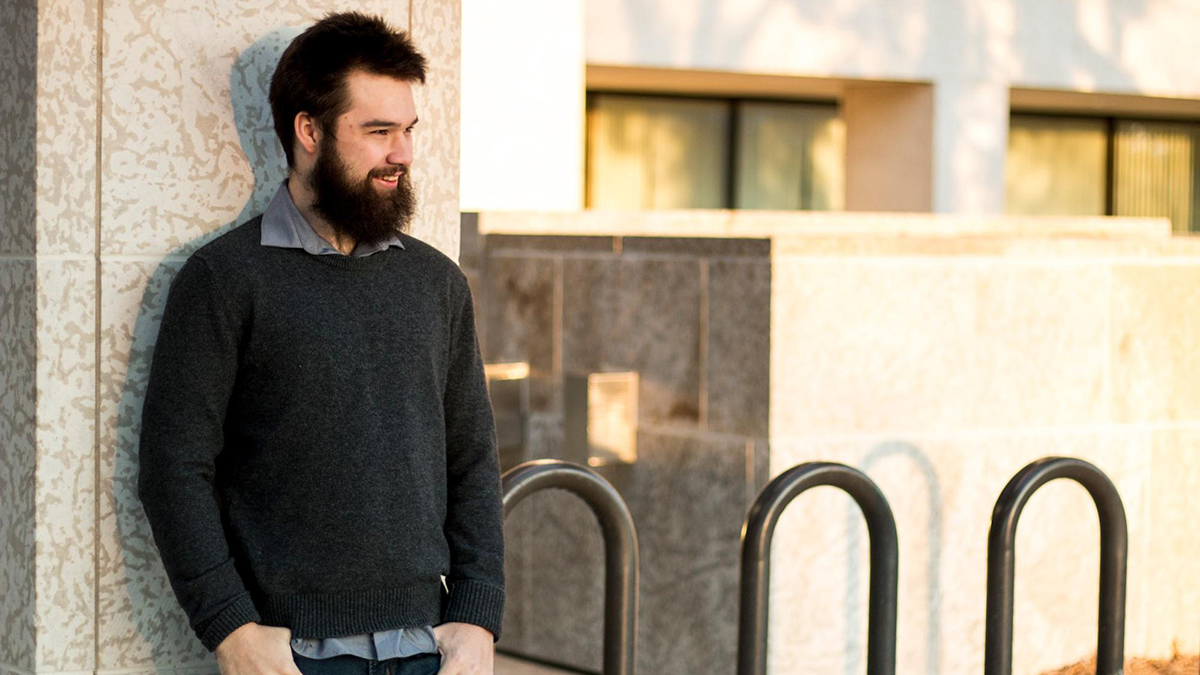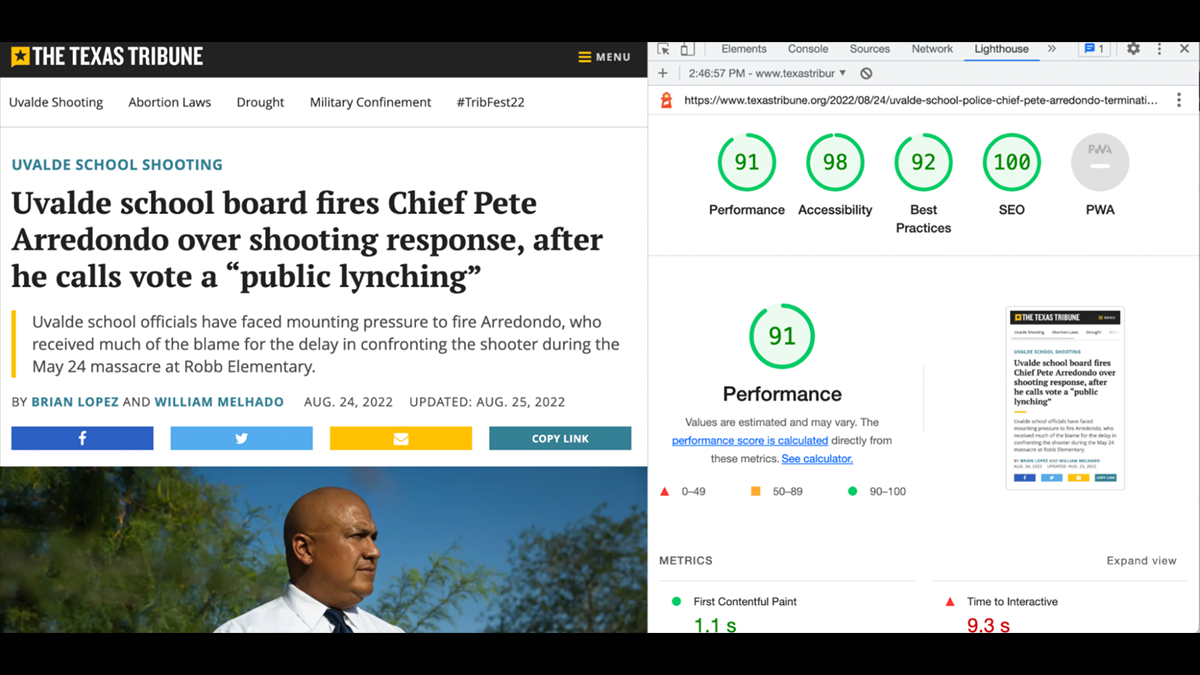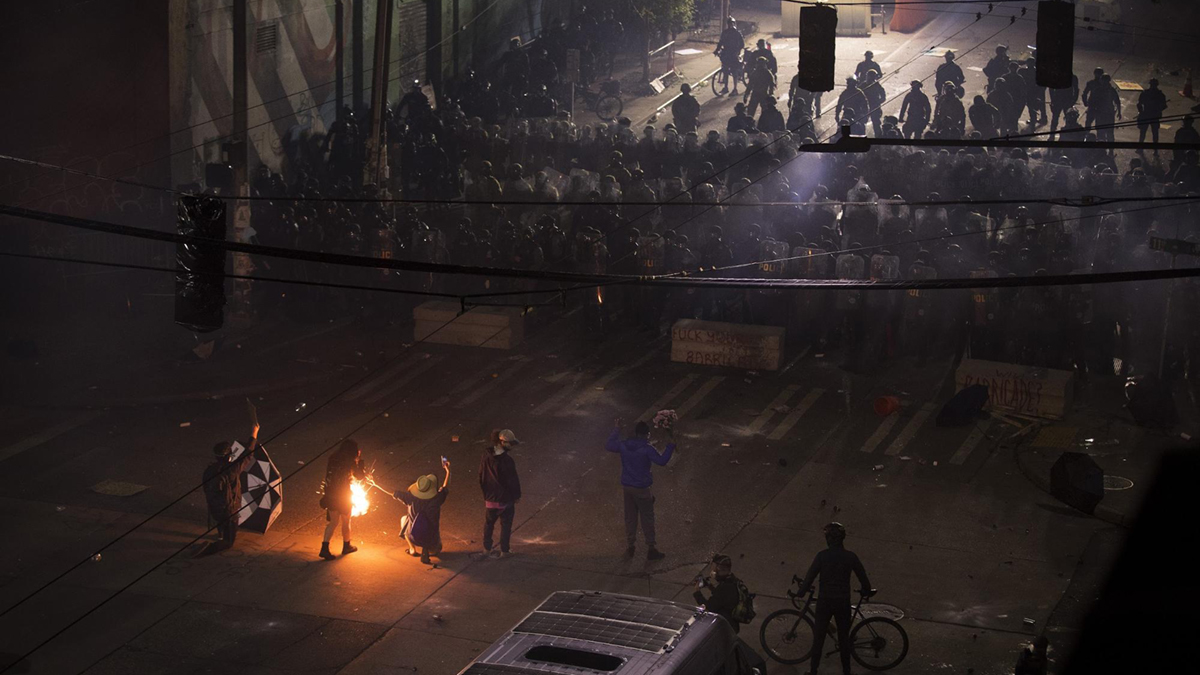
Best practices
How I Introduce myself as a disabled generalist
Alternatively: Hire me pleeeease.
How we start building access for disabled journalists
I probably shouldn’t start this with a wheelchair pun, should I?
How to slow an exodus of women television journalists
Systemic changes are needed to prevent burnout and create safe environments.
Leaders, let’s first plan for an emergency
Good succession planning starts with what to do if a leader needs to take a temporary absence.
Local news leadership transitions require budgets, bandwidth and a breadth of skills
Sara Shahriari of INN shares insights on the challenges of succession planning for nonprofit news organizations.
Making sense of your core web vitals
Learn how the loading speed, accessibility and other performance metrics of your news site stacks up.
What journalists are saying about Muslims in the news media
Community voices.
Acknowledging the toll
Why we need trauma-informed safety training for journalists.
Succession planning is key to journalism’s sustainability
Digital news organizations need to prepare and plan for leadership transitions.
Newsrooms come together to tackle problem of digital news preservation
Leadership from each of the Missouri School of Journalism’s professional media outlets gathered together in a conference room in late April, no small feat for a group in charge of “feeding the beast” of news media day after day while also juggling teaching responsibilities at the School. The challenge that brought them together? Preservation and accessibility of digital news archives.









